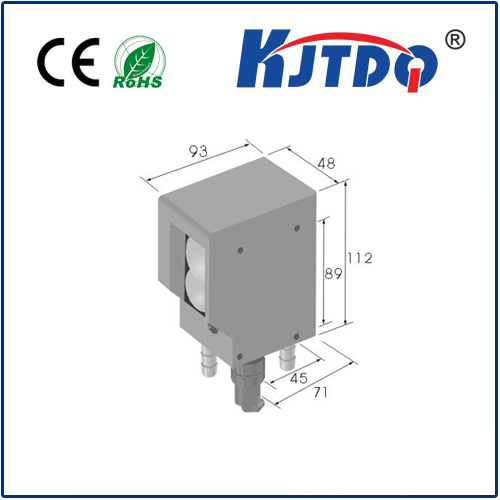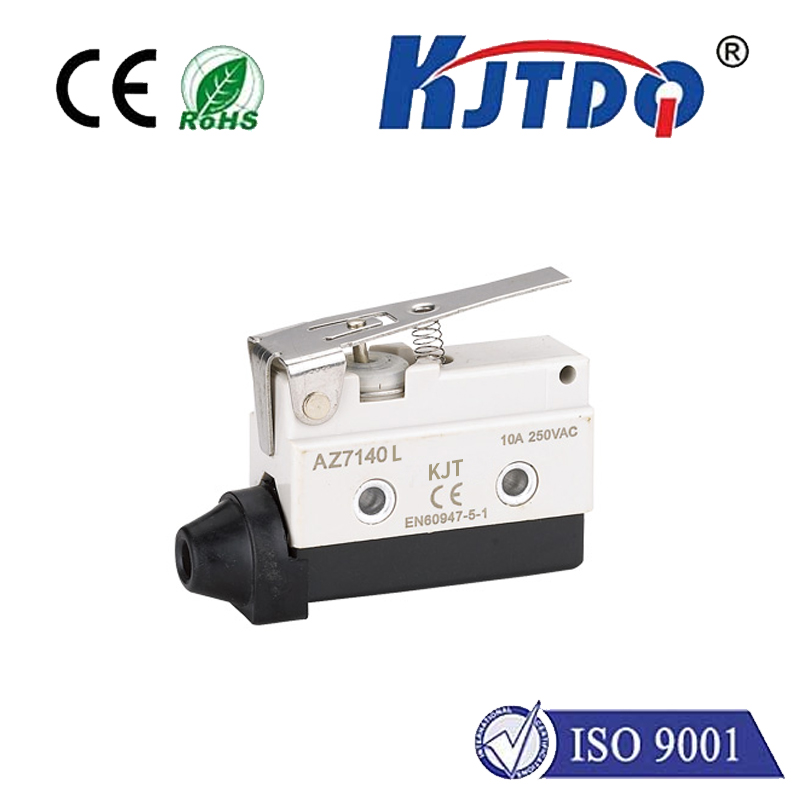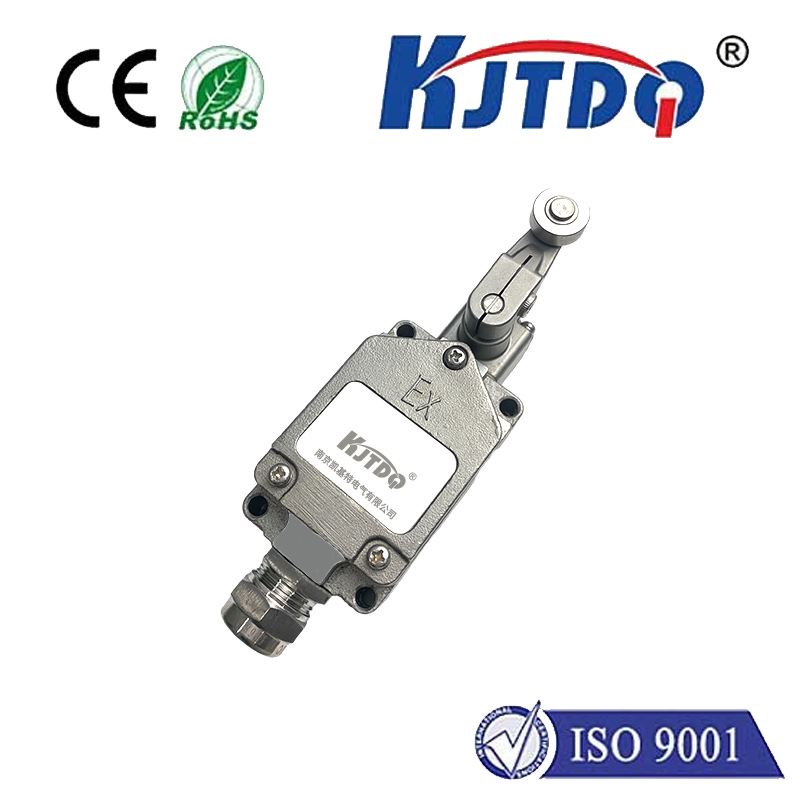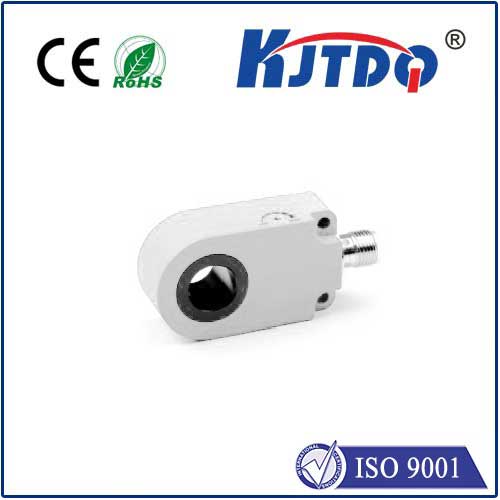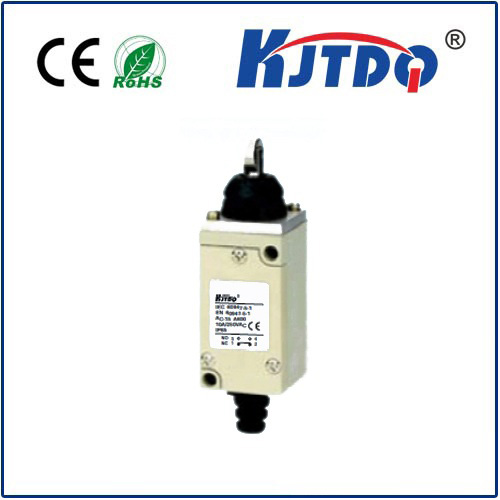proximity sensor micro
- time:2025-09-06 03:19:46
- Click:0
The Mighty Micro: How Miniaturized Proximity Sensors Are Revolutionizing Technology
Imagine your smartphone screen instantly turning off when you raise it to your ear, preventing accidental touches. Envision industrial robots seamlessly navigating complex environments or ultra-compact medical equipment operating flawlessly with near-field detection. The unsung hero enabling these feats, and countless more, is the proximity sensor micro – a marvel of modern engineering where shrinking size unlocks massive potential. These tiny sentinels of space perception are fundamentally transforming how devices interact with the world around them.
At its core, a proximity sensor detects the presence or absence of nearby objects without physical contact. Traditional proximity sensors have been workhorses in factories for decades. However, the relentless drive towards miniaturization has birthed the micro proximity sensor. This evolution isn’t just about making things smaller; it’s about packing sophisticated detection capabilities into incredibly constrained spaces, opening doors to applications previously deemed impossible.
Why Size Matters: The Compelling Advantages of Going Micro
The shift towards ultra-small proximity sensors delivers distinct, powerful benefits:

- Space-Saving Integration: In today’s electronics, real estate is at a premium. Micro proximity sensors can be seamlessly integrated into the slimmest smartphones, tablets, wearables, and IoT devices. They tuck away behind bezels, under screens, or within intricate mechanisms, maximizing usable space for other critical components or reducing the device’s overall footprint.
- Reduced Power Consumption: Miniaturization often goes hand-in-hand with lower power requirements. Compact proximity detectors are engineered for efficiency. Lower operating currents translate directly to extended battery life for portable gadgets – a crucial factor for smartphones, earbuds, fitness trackers, and wireless sensors.
- Increased Design Flexibility: Their diminutive size grants designers unprecedented freedom. Sensors can be placed in unconventional locations or multiple sensors deployed strategically within a single device for more complex interactions or redundancy, enabling new user experiences and functionalities.
- Enhanced Precision in Tight Spaces: In applications like micro-assembly lines, miniature robotics (including surgical robots), or dense PCBs, conventional sensors are simply too bulky. Micro proximity sensors provide reliable detection in these confined environments, ensuring precision and preventing collisions where millimetres matter.
- Cost-Effectiveness at Scale: Advanced manufacturing techniques allow miniaturized proximity sensors to be produced cost-effectively in large volumes. This makes them economically viable even for high-volume consumer electronics, accelerating their adoption across diverse markets.
The Technology Behind the Tiny Detectives
Several sensing technologies are employed in the proximity sensor micro landscape, each suited to specific needs:
- Infrared (IR) Proximity Sensors: These are ubiquitous in smartphones. They emit an infrared beam and measure the intensity of the reflection. Distance to the object is inferred based on the reflected signal strength. Their small size and relatively simple integration make them ideal for consumer device screen blanking.
- Capacitive Proximity Sensors: These detect changes in the capacitance field around the sensor when an object (especially conductive ones) approaches. They excel at detecting presence over very short ranges (a few mm) and are common in touchless controls, liquid level detection in small containers, and detecting human presence. Their solid-state nature lends itself well to micro-sized implementations.
- Inductive Proximity Sensors: Primarily used for detecting metallic objects, these generate an electromagnetic field. A nearby metal object induces eddy currents, altering the field, which is detected. Micro inductive sensors are vital in precision industrial automation within tight machinery spaces.
- Photoelectric Sensors (Miniaturized): While traditionally larger, miniature photoelectric sensors (using LEDs and photoreceivers) exist for specific proximity tasks requiring beam interruption detection in compact devices.
Ubiquity in Action: Where Micro Proximity Sensors Shine
The applications of proximity sensor micro technology are vast and growing:
- Consumer Electronics: Smartphones (screen blanking, auto-brightness), tablets, laptops, TWS earbuds (in-ear detection), wearables (gesture control, sleep monitoring), smart home devices (touchless faucets, presence detection).
- Industrial Automation: Miniature robots, precise assembly lines, machine tooling, position sensing in compact machinery, material handling in confined spaces.
- Automotive: Driver monitoring systems (detecting head position), interior lighting controls, touch-sensitive surfaces, seat occupancy detection (subtle integration), advanced driver-assistance systems (ADAS) sensor integration.
- Medical Devices: Handheld diagnostic tools, minimally invasive surgical instruments, infusion pumps, wearable health monitors requiring close-range detection or contact sensing.
- IoT and Smart Devices: Sensor nodes, smart locks, proximity-based security tags, compact industrial IoT monitors, touchless interfaces on appliances.
Designing with Micro Sensors: Key Considerations
Integrating micro proximity sensors successfully requires careful planning:
- Interference Challenges: Sensitive electronics packed closely together can cause electromagnetic interference (EMI) or optical crosstalk. Shielding and careful component placement (sensor placement) are paramount.
- Environmental Factors: Dust, moisture, varying lighting conditions, and temperature fluctuations can impact performance, especially for optical sensors. Robust sealing and sensor selection based on the operating environment are crucial.
- Calibration and Stability: Precise calibration during manufacturing is essential due to tight tolerances. Ensuring stable performance over the product’s lifetime and across different conditions is a key design goal. Sensor calibration routines are vital.
- Power Management: While efficient, managing power within the constraints of micro-controllers and low-power modes requires optimized circuit design and firmware.
The Future: Smaller, Smarter, More Integrated
The trajectory for proximity sensor micro technology points towards even greater integration and intelligence. We will likely see:
- Further Miniaturization: Sensors becoming virtually invisible, embedded within materials or substrates.
- Multi-Sensor Fusion: Combining micro proximity sensing with other micro-sensors (accelerometers, gyros, ambient light) on single chips for richer contextual awareness.
- Enhanced AI Integration: On-device intelligence allowing for smarter interpretation of proximity data, enabling predictive actions and more intuitive user interfaces.
- New Materials and Techniques: Advances in materials science (like graphene) and microfabrication (MEMS/NEMS) enabling novel, more sensitive detection principles in ever-smaller packages.
The proximity sensor micro may be physically small, but its impact is immense. These tiny components are fundamental building blocks of the modern technological landscape, quietly enabling smarter interactions, safer operations, and more compact, powerful devices across every sector. As they continue to evolve, shrinking in size while growing in capability, their role in shaping our interaction with machines and the digital world will only become more profound.







